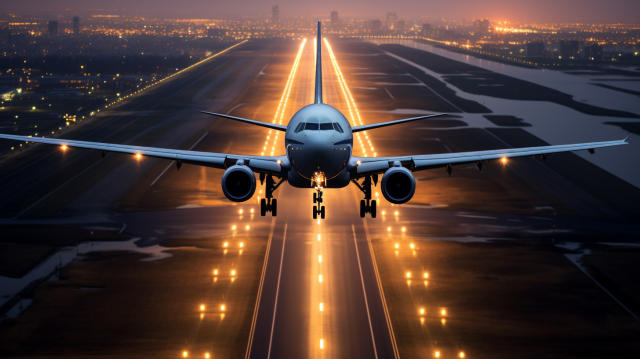The Nigeria Civil Aviation Authority (NCAA) has offered details on how adverse weather conditions forced two aircraft to fly over Aso Rock, a segment of the Nigerian airspace described by aviation authorities as ” Prohibited Flight Zones” – DNP4.
The NCAA said it collaborated with the Nigerian Airspace Management Agency (NAMA), to investigate two recent cases of violation of the prohibited flight zones in Abuja and established both violations comprised of controlled flights in a controlled airspace but strayed into restricted airspace as a result of adverse weather.
Acting Director General of NCAA, Captain Chris Najomo, in a statement, said: ” We want to assure Nigerians that the nation’s airspace is safe and secure.
“There is no reason to doubt the full coverage of Nigeria’s airspace by Radar, as the Nigerian Airspace Management Agency (NAMA) is in control.”
Najomo said the clarification became imperative because of statements in some quarters insinuating that the Nigerian airspace is insecure due to lack of coverage by Radar.
He said : “NCAA can also confirm that NAMA had complete radar footages of the two violations with full details of the identities of the aircraft and operators involved. This was only made possible due to functional Primary and Secondary Surveillance Radars in Abuja. Similar installations are in Lagos, Kano and Port-Harcourt.
“The Authority in keeping with its regulatory responsibilities issued an All Operators Letter (AOL DGCA/021/24) wherein the term ‘unknown aircraft’ was used as reported to NCAA which is the normal security terminology. “However, as explained above, investigations revealed NAMA had complete footages and details of the aircraft that entered the prohibited flight zone.”
He went on :” The Primary Surveillance Radar alone only identifies aircraft as moving targets without aircraft identity. But, the Monopulse Secondary Surveillance Radar (MSSR), on the other hand, which forms a major component of the TRACON, is the equipment that allows for identification of any aircraft equipped with ATC Mode ‘S’ transponder.
“The requirement for all aircraft flying in controlled airspace to have serviceable ATC transponders in an international standard that Nigeria ensures strict adherence to.
” This requirement derived from Annex 6 to the Convention on International Aviation is documented in Part 7 of the Nigeria Civil Aviation Regulations.
” This, therefore, makes it a violation of the regulations, and indeed a security breach, for any aircraft to put this system off while flying in controlled airspace, and such action would attract appropriate sanctions in accordance with NCAA’s enforcement procedures, including possible criminal referral.”
